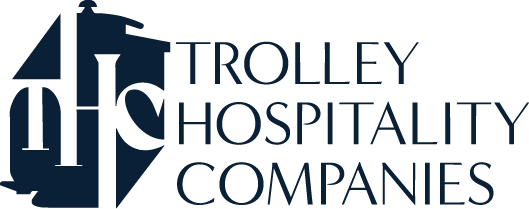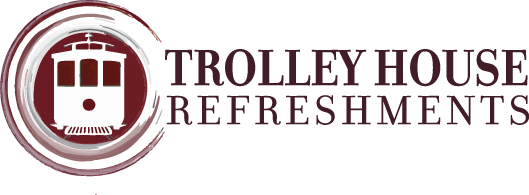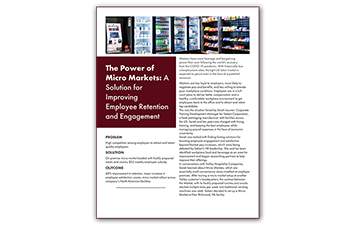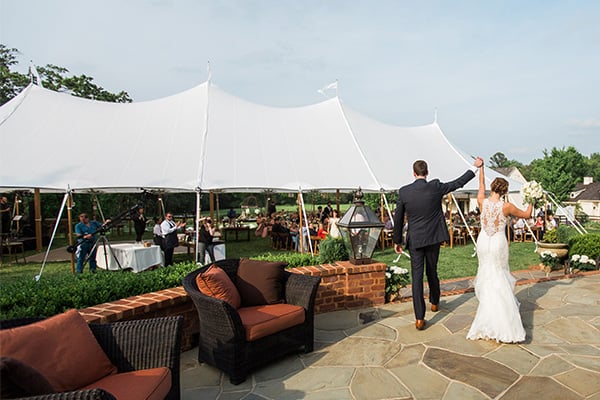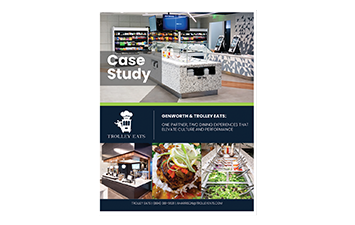Top 5 Catering Costs
Weddings are often one of the biggest life expenses in the U.S., with your average celebration coming in at a whopping $28, 500. Therefore, it’s important to get the right information in order to make the best possible decisions. A large part of the budget (typically 35%) goes toward reception costs (including site + catering). By knowing what can affect this price, you’ll be better prepared to determine what will work given your budget, ask quality questions, and be able to negotiate effectively. Here are the top 5 things that can have the biggest impact on catering costs:
1. Guest Count: Typically, more guests equates to a greater total cost for food. However, if your guest count turns out to be more than you originally planned, by decreasing your total food cost per person, it is still possible to stay within your budget. For instance, with a $3000 budget and 150 guests, your food cost per person would be $20; with the same budget and 80 guests, your price per person would increase to $37.50, and with only 30 guests you would be able to have an extravagant menu and spend $100 per person. Therefore, take into consideration the type of food you’d like to serve before confirming your guest count.
2. Type of food: As mentioned before, your food cost per person will be greater if you decide to be more extravagant with the menu. For instance, if you’d like to serve lobster and filet mignon while sticking to a moderate budget, it would be best to invite fewer guests. Things like steak and seafood tend to be pricier than chicken, pasta, or other starch based dishes. However, by serving less expensive food in a creative way, is it possible to save money and still have a show stopping menu.
3. Type of bar: Common types of bars include, in order of least expensive to most expensive, cash bars, client supplied alcohol, and full open bar (charged per person). Cash bars are the least expensive because your guests pay for their own drinks, so you essentially only have to pay for the service. The cost of supplying your own alcohol would include the price of the alcohol, any fee your caterer charges to cover their liability to pour your alcohol, staffing, and the cost of your one day event ABC license (if needed). Full open bar is the most expensive because it includes liquor, beer, and red and white wine. Typically, open bars include liquor, 3-4 beer selections, 2 types of red wine, 2 types of white, standard mixers, and non-alcoholic beverages.
4. Rentals: The cost of rentals is an expense that many people fail to take into account. These generally include chaffing dishes to keep food warm, linens, napkins, cups/stemware, plates, flatware, drink dispensers, tables, and chairs. For the most part, anything that you will use to eat or drink on or with will have to be rented.
5. Type of service: This is the manner in which you will receive your food. Common types of food service include plated meals, family style, butlered food or passed hors d’oeuvres, and buffets. Plated is the most costly because of the labor it requires to make each dish uniform in appearance, and because of the amount of staffing it requires to serve the food. Family style meals are the second most expensive because this service also requires chefs on site to plate the dishes, as well as more servers to replenish the food on the tables as it runs low. Next in expense is the butlered/ passed hors d’oeuvres service style, where waiters serve food on trays. These can also be stationary and displayed on tables. Least expensive of these options is having a buffet because it is self-serve and requires fewer staff.
Being aware of how you will have to spend your money on catering will allow you stress less and truly enjoy the process. After all, it is your wedding day!

